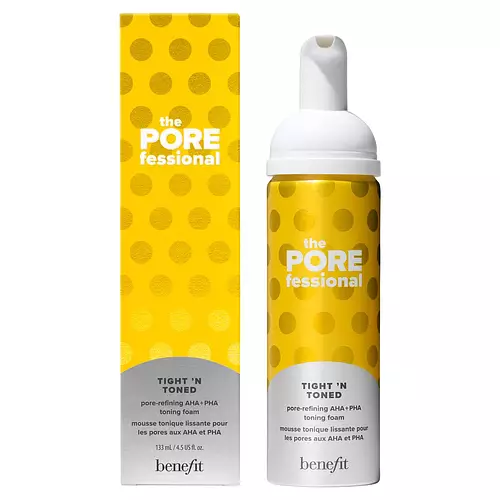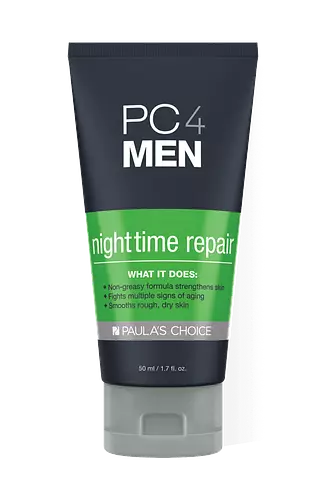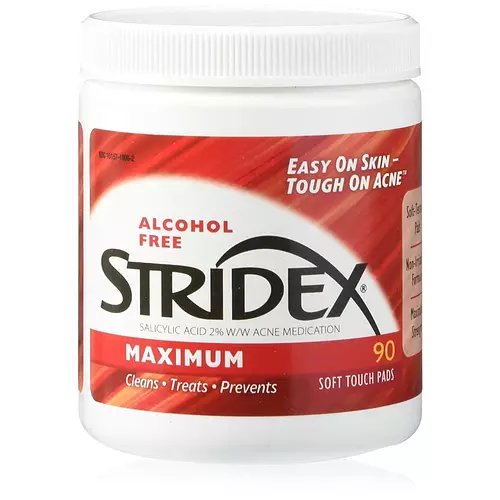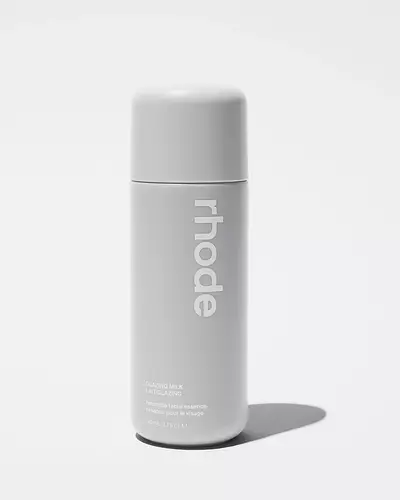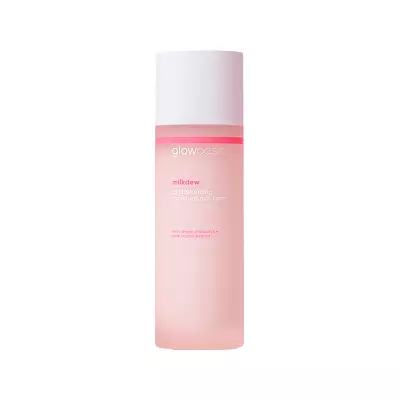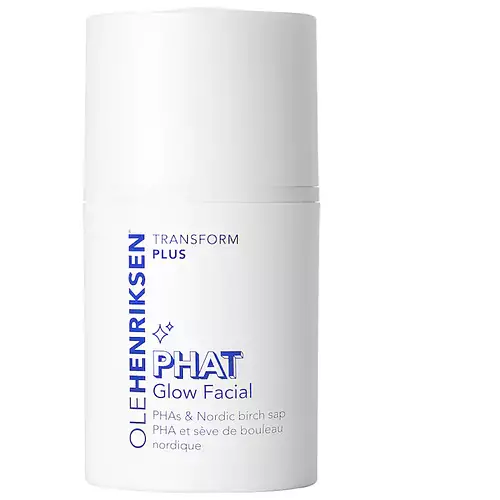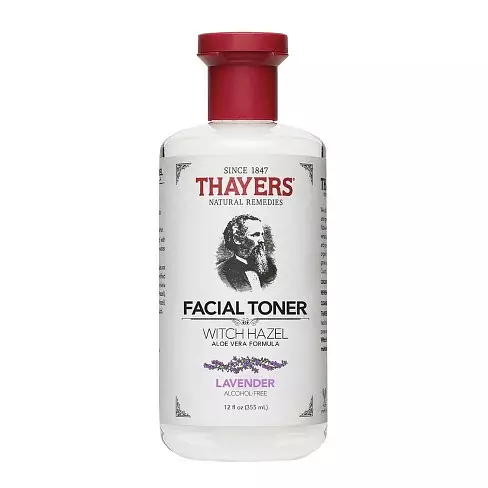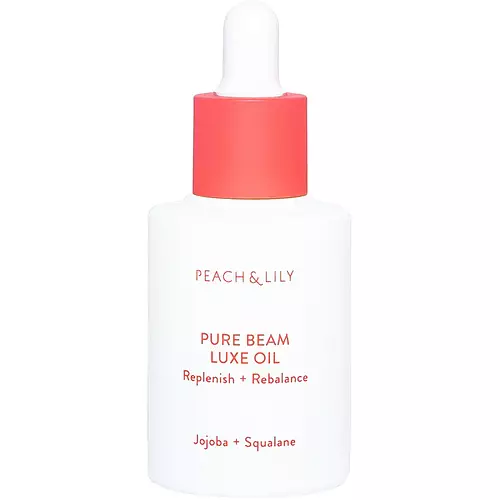Glow Recipe Watermelon Glow PHA +BHA Pore-Tight Toner Versus La Roche-Posay Effaclar Duo[+] Unifiant
Updated on July 18, 2023
Overview
Cool Features
They both contain BHA
Suited For
They're both likely to be good for dry skin, brightening skin, oily skin, reducing pores, scar healing and dark spots
Free From
They both do not contain any common allergens, oils, parabens or sulfates
What's Inside
They both contain fragrances
We independently verify ingredients, and our claims are backed by peer-reviewed research. Spot a product that needs an update? Let us know.
Ingredient Info
Glow Recipe Watermelon Glow PHA +BHA Pore-Tight Toner 22 ingredients
La Roche-Posay Effaclar Duo[+] Unifiant 38 ingredients
At a glance
Click on any of the items below to learn more
Glow Recipe Watermelon Glow PHA +BHA Pore-Tight Toner 22 ingredients
La Roche-Posay Effaclar Duo[+] Unifiant 38 ingredients
Notable Ingredients
This product contains 1 ingredient that may have this attribute:
This product contains 1 ingredient that may have this attribute:
This product contains 1 ingredient that may have this attribute:
Benefits
This product contains 2 ingredients that may have this attribute:
This product contains 3 ingredients that may have this attribute:
This product contains 2 ingredients that may have this attribute:
This product contains 1 ingredient that may have this attribute:
This product contains 2 ingredients that may have this attribute:
This product contains 1 ingredient that may have this attribute:
This product contains 2 ingredients that may have this attribute:
This product contains 2 ingredients that may have this attribute:
Concerns
This product contains 1 ingredient that may have this attribute:
This product contains 1 ingredient that may have this attribute:
This product contains 2 ingredients that may have this attribute:
This product contains 1 ingredient that may have this attribute:
Notable Ingredients
This product contains 1 ingredient that may have this attribute:
This product contains 1 ingredient that may have this attribute:
This product contains 1 ingredient that may have this attribute:
Benefits
This product contains 2 ingredients that may have this attribute:
This product contains 2 ingredients that may have this attribute:
This product contains 1 ingredient that may have this attribute:
This product contains 2 ingredients that may have this attribute:
This product contains 1 ingredient that may have this attribute:
This product contains 2 ingredients that may have this attribute:
This product contains 3 ingredients that may have this attribute:
This product contains 3 ingredients that may have this attribute:
Concerns
This product contains 1 ingredient that may have this attribute:
This product contains 5 ingredients that may have this attribute:
This product contains 5 ingredients that may have this attribute:
This product contains 1 ingredient that may have this attribute:
This product contains 2 ingredients that may have this attribute:
This product contains 3 ingredients that may have this attribute:
Ingredients Side-by-side
Ingredients Explained
These ingredients are found in both products.
Ingredients higher up in an ingredient list are typically present in a larger amount.
Glycerin is already naturally found in your skin. It helps moisturize and protect your skin.
A study from 2016 found glycerin to be more effective as a humectant than AHAs and hyaluronic acid.
As a humectant, it helps the skin stay hydrated by pulling moisture to your skin. The low molecular weight of glycerin allows it to pull moisture into the deeper layers of your skin.
Hydrated skin improves your skin barrier; Your skin barrier helps protect against irritants and bacteria.
Glycerin has also been found to have antimicrobial and antiviral properties. Due to these properties, glycerin is often used in wound and burn treatments.
In cosmetics, glycerin is usually derived from plants such as soybean or palm. However, it can also be sourced from animals, such as tallow or animal fat.
This ingredient is organic, colorless, odorless, and non-toxic.
Glycerin is the name for this ingredient in American English. British English uses Glycerol/Glycerine.
Learn more about GlycerinSorbitan Oleate is created from compounds in oleic acid and sorbitol. It is used to stabilize a product by preventing ingredients from separating.
Emulsifiers help keep ingredients together, such as oils and water.
Sorbitan Oleate may not be fungal acne safe. It can also worsen oily skin.
Learn more about Sorbitan OleateParfum is a catch-all term for an ingredient or more that is used to give a scent to products.
Also called "fragrance", this ingredient can be a blend of hundreds of chemicals or plant oils. This means every product with "fragrance" or "parfum" in the ingredients list is a different mixture.
In the US, the alternative name for parfum is 'fragrance'.
The term 'fragrance' is not regulated in many countries. In many cases, it is up to the brand to define this term.
For instance, many brands choose to label themselves as "fragrance-free" because they are not using synthetic fragrances. However, their products may still contain ingredients such as essential oils that are considered a fragrance by INCI standards.
One example is Calendula flower extract. Calendula is an essential oil that still imparts a scent or 'fragrance'.
Depending on the blend, the ingredients in the mixture can cause allergies and sensitivities on the skin. Some ingredients that are known EU allergens include linalool and citronellol.
Parfum can also be used to mask or cover an unpleasant scent.
The bottom line is: not all fragrances/parfum/ingredients are created equally. If you are worried about fragrances, we recommend taking a closer look at an ingredient. And of course, we always recommend speaking with a professional.
Learn more about ParfumIngredient Ratings
Here's what our community thinks of the ingredients in these products.
When to use
Glow Recipe Watermelon Glow PHA +BHA Pore-Tight Toner 22 ingredients
La Roche-Posay Effaclar Duo[+] Unifiant 38 ingredients


Reviews
Here's what our community thinks
Glow Recipe Watermelon Glow PHA +BHA Pore-Tight Toner 22 ingredients
Nina
I don't understand this product.
After doing skincare for over a decade, I've tried hundreds of products (yes, my wallet isn't happy). This product...
I don't understand this product.
After doing skincare for over a decade, I've tried hundreds of products (yes, my wallet isn't happy). This product was one of the worst out of these hundreds. Most products I've tried are alright. This one was truly not good. It has a strong scent, didn't absorb, and just didn't do anything positive for my skin at all. I gave it 2 weeks and stopped when I started breaking out. I truly cannot understand why people love this toner so much.
Eden
This is my holy grail product. I’ve always had oily, acne prone skin. I first used this while staying at a friends, and she let me borrow her...
This is my holy grail product. I’ve always had oily, acne prone skin. I first used this while staying at a friends, and she let me borrow her skincare. Changed my skincare forever. Better than any other anti-acne product I’ve used.
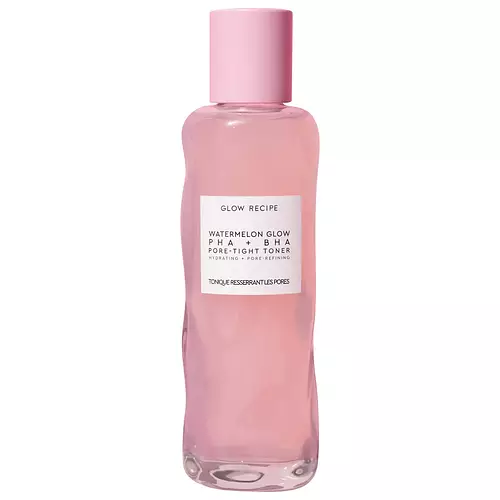
![La Roche-Posay Effaclar Duo[+] Unifiant](https://skinsort.com/rails/active_storage/representations/proxy/eyJfcmFpbHMiOnsibWVzc2FnZSI6IkJBaHBBcHM4IiwiZXhwIjpudWxsLCJwdXIiOiJibG9iX2lkIn19--5468ef320cfa0d2e9341591eb930877f3e6d5297/eyJfcmFpbHMiOnsibWVzc2FnZSI6IkJBaDdDRG9MWm05eWJXRjBPZ2wzWldKd09oUnlaWE5wZW1WZmRHOWZiR2x0YVhSYkIya0M5QUZwQXZRQk9ncHpZWFpsY25zR09neHhkV0ZzYVhSNWFVcz0iLCJleHAiOm51bGwsInB1ciI6InZhcmlhdGlvbiJ9fQ==--b72940ad2f828f564888ecdc27fe23650eed6efb/la-roche-posay-effaclar-duo-unifiant-medium1-hr.jpg)




